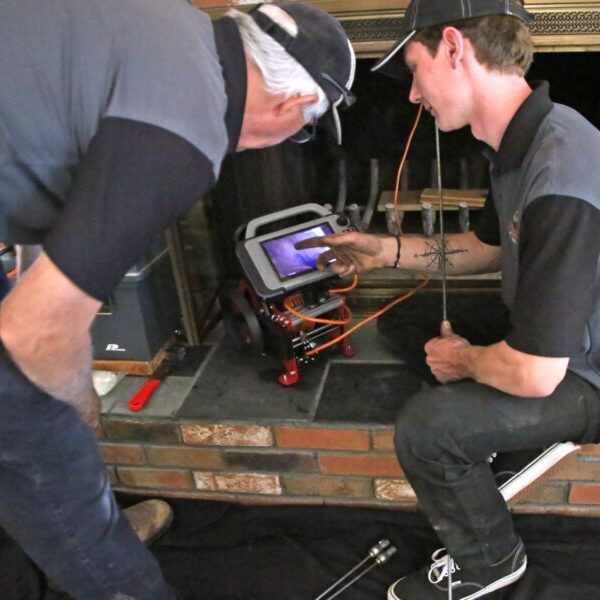Why Is My Chimney Pulling Away From My House?
You look up at the chimney and notice something that seems out of the ordinary. It appears that it is leaning or pulling away from the house. Well, if you have your own leaning tower on top of your Connecticut house, it’s a severe problem that needs immediate attention but is fixable.
Even if you don’t believe your chimney is in imminent danger of falling, you must contact a Certified Chimney Sweep® immediately. Strong winds, lightning, heavy rain, foundation settling, and other issues can cause bricks to loosen and fall off. This can further destabilize the chimney, partially or entirely collapse. Since masonry chimneys can weigh up to twelve tons, falling bricks from a collapse can cause severe injuries and property damage.
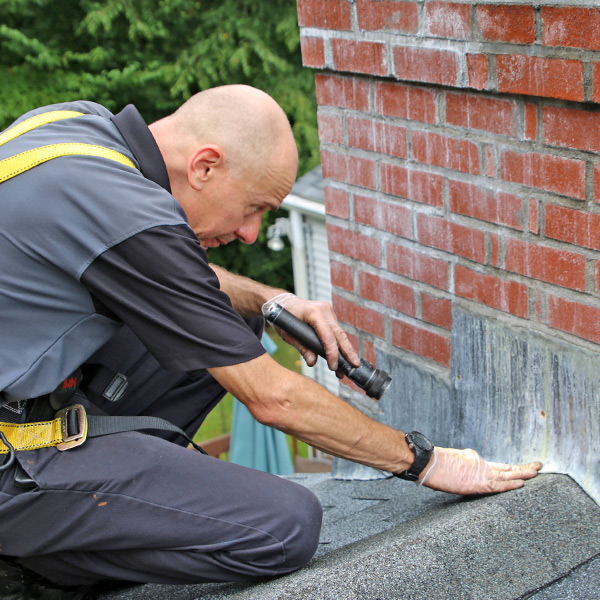 What Is Causing My Chimney to Pull Away?
What Is Causing My Chimney to Pull Away?
Several problems can cause a leaning chimney:
Flashing Damage:
The flashing is sheet metal that seals the seam between the roof and chimney. When the flashing is compromised, moisture seeps through the tiny gaps, loosening the seal, and ultimately the stack begins to separate from the house.
Spalling Bricks:
When masonry damage is left unrepaired, the moisture-damaged bricks can crack, chip, and flake. This, along with mortar decay, leaves gaps in the joints, destabilizing the chimney and causing it to lean.
Inferior construction:
Another common cause of a leaning chimney is shoddy construction, usually by someone who needs to gain professional certification or experience with properly building a masonry chimney.
Foundation Settling:
Foundation settling is another reason your chimney may be pulling away from your house. Also, cracks in the foundation that allow rain or snow to leak inside can soften the soil, damaging the concrete chimney footing and causing it to lean.
Footing is Too Small:
If your chimney wasn’t constructed properly, then chances are that the footing is too small to support the weight of the structure. The slab below the chimney must extend at least six inches on all sides of the base. Otherwise, the moisture in the soil will cause the foundation to shift as the concrete expands and contracts.
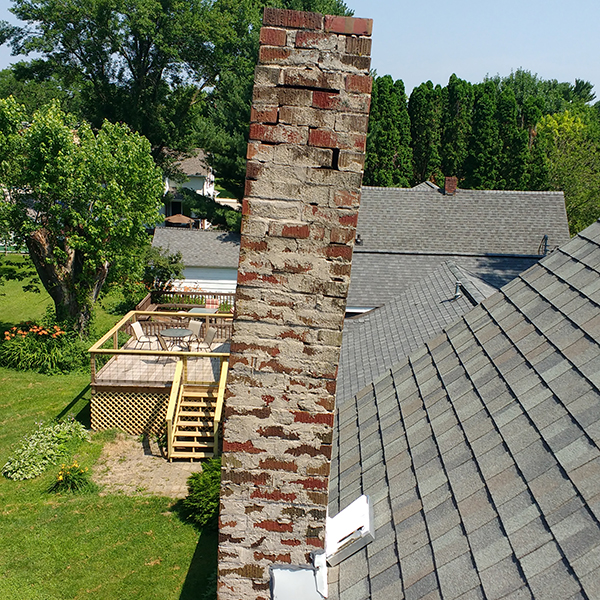 How to Repair My Leaning Chimney?
How to Repair My Leaning Chimney?
When you notice the chimney pulling away from your house, contact us immediately to schedule an immediate chimney inspection. After a thorough examination, we will give you a complete report along with an estimate to restore your chimney so that it will no longer be in danger of collapsing, allowing you to use your fireplace and other attached heating appliances again.
Northeastern Chimney is your premier CSIA-Certified provider of chimney inspections, repairs, and restorations in Greater Hartford and Central Connecticut.
Call (860) 233-5770 or contact us online to consult with a Certified Chimney Sweep®.
The post Why Is My Chimney Pulling Away From My House? appeared first on .
This post first appeared on https://www.mychimney.com
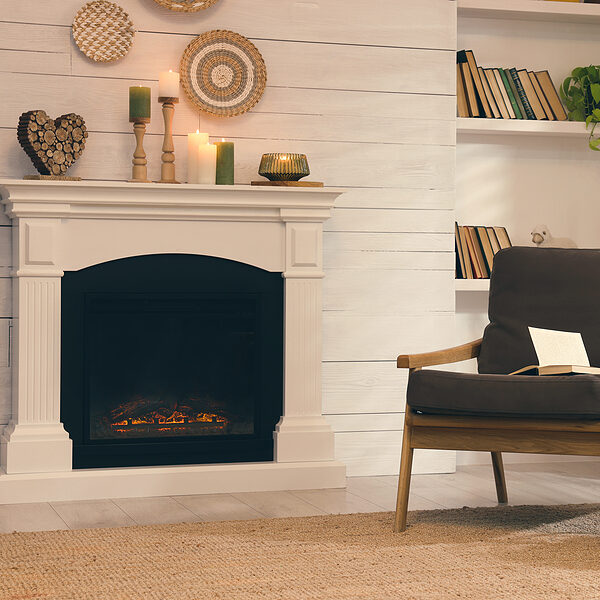 What is a Chimney Breast Wall?
What is a Chimney Breast Wall?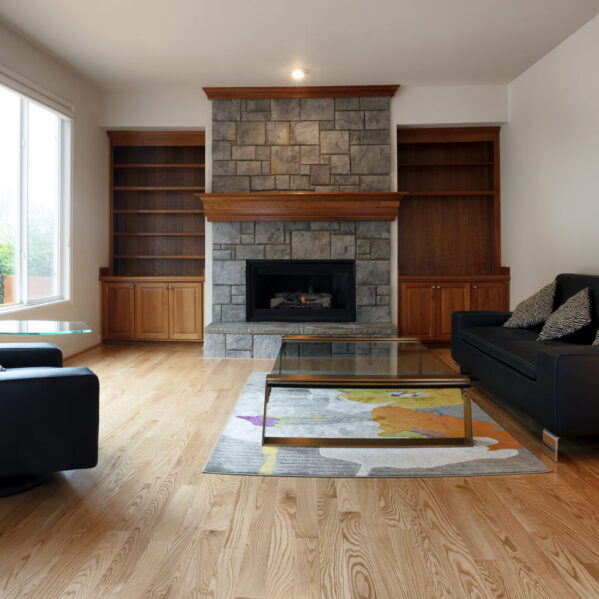
 Why is My Chimney Leaking?
Why is My Chimney Leaking?
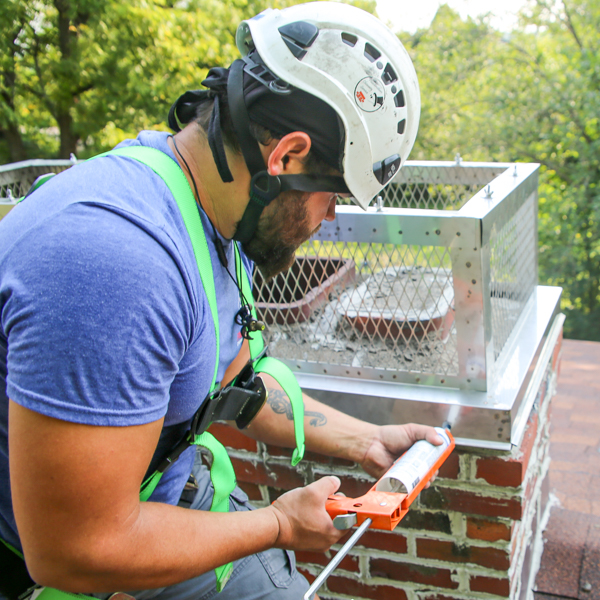 Materials
Materials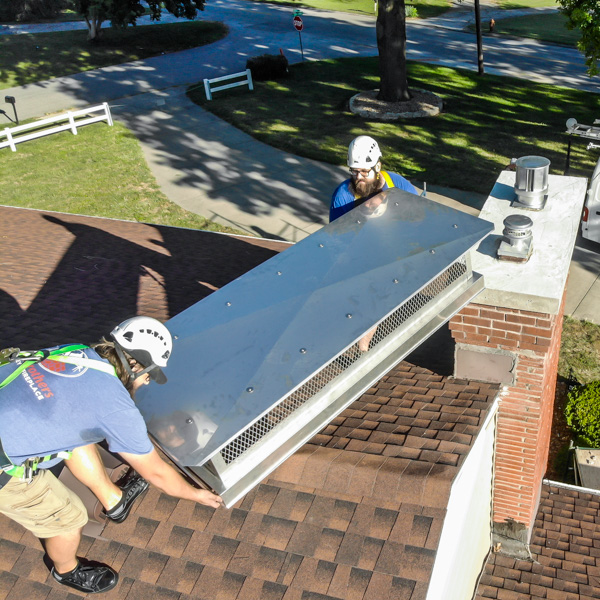 The average cost to install a cap is approximately $300, making it a wise investment to protect your chimney against damage that could cost thousands to repair.
The average cost to install a cap is approximately $300, making it a wise investment to protect your chimney against damage that could cost thousands to repair.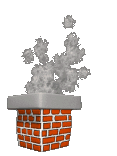
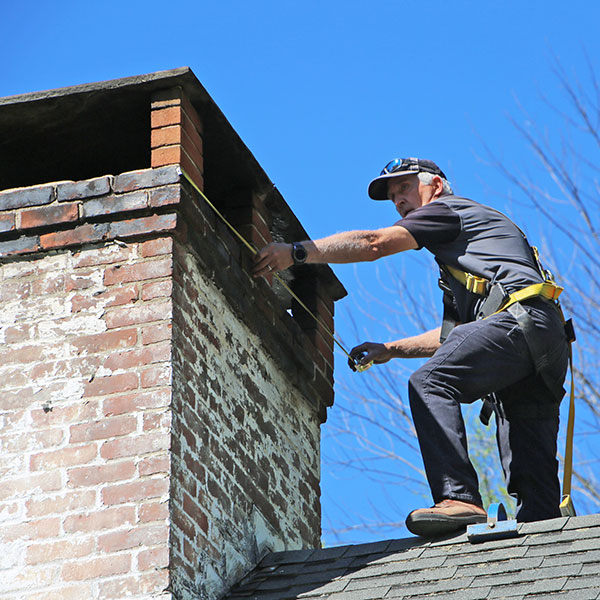 Why you need a basic chimney inspection
Why you need a basic chimney inspection